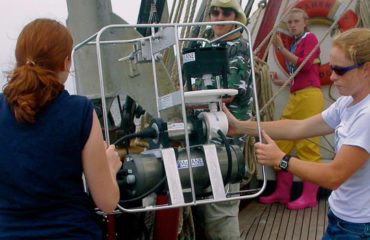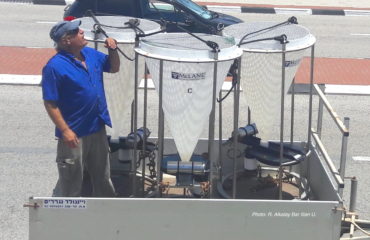
The Microbial Oceanography Lab (MOLab) at the University of Philippines Marine Science Institute has launched its first inaugural floating laboratory, equipped with McLane’s Imaging FlowCytobot (IFCB). This floating lab is poised to transform the study of phytoplankton dynamics in the tropics, pivotal in understanding ocean ecosystems.
This deployment signifies a major milestone for both the lab and the scientific community at large. Positioned within the aquaculture region of the West Philippines, the floating lab offers a distinctive vantage point for investigating the intricate relationship between marine microorganisms and their surroundings. The IFCB is an in-situ automated submersible imaging flow cytometer, capturing images of particles in-flow from the aquatic environment.
A key focus of the floating laboratory is real-time monitoring of Harmful Algal Blooms (HABs). These blooms, driven by rapid proliferation of select phytoplankton species, can inflict substantial harm on marine ecosystems and human well-being. In the case of the study site, the effects of eutrophication due to mariculture activities are of significant concern that could result in multimillion dollar losses due to fish kills. Leveraging the IFCB’s capabilities to gather phytoplankton data and relay it instantly enables researchers to swiftly detect and address HAB occurrences, thus minimizing potential environmental and economic repercussions.
MOLab has acquired a total of three IFCBs, with another floating lab to be deployed in the southern Philippines to understand toxic algal occurrences. The other unit will be deployed aboard the RV Panata, UP Marine Science Institute’s flagship research vessel and part of the country’s National Academic Research Fleet (NARFleet), to understand phytoplankton variability across the waters of the archipelago.
Leading this pioneering endeavor is Dr. Deo Florence Onda, a prominent figure in microbial oceanography. In March 2021, Onda was among the first individuals to descend into Emden Deep, a segment of the Philippine Trench plummeting more than 10,000 meters beneath the ocean surface.



